Unlock faster, easier access to capital with automatic underwriting.
Many entrepreneurs still believe outdated myths about business credit—and it’s hurting their chances of getting approved for funding. The truth is, the way lenders decide who gets funding has completely changed. The old system relied on manual, full-document underwriting. Today it’s all about automatic underwriting.
Let’s break down the difference between these two approaches and show you how to adapt to the new way of doing things.
The Old Paradigm: Manual, Full-Doc Underwriting
Before 2008, lenders mostly relied on manual underwriting, a process requiring them to review every application by hand. You had to provide extensive documents, and they would base their decision on a Dun & Bradstreet PAYDEX score. Back then, small businesses faced an uphill battle because lenders didn’t like making loans under $1 million. Why? Because approving smaller loans required just as much time and paperwork as big ones, and it wasn’t worth their effort.
For entrepreneurs, this system was inefficient and hard to navigate. Many applications were rejected simply because small businesses didn’t fit the mold of what lenders wanted.
The New Paradigm: Automatic Underwriting
In 2008, everything changed. Now, most lending decisions are made using automatic underwriting systems. These systems use algorithms to decide whether you’re fundable, based on specific criteria.
Here’s how it works:
- 80% of the decision comes from your personal credit profile.
- 20% is based on your business data and identity.
Lenders want borrowers who seem trustworthy, professional, and low-risk. Instead of viewing you as a “self-employed business owner,” they prefer to see you as an “employed professional” running a legitimate business.
The old PAYDEX score? It’s no longer a key factor. What matters now is whether your business fits the automatic underwriting guidelines.
Becoming a “Qualified Fundable Entity”
To succeed in this new system, you need to structure your business as a Qualified Fundable Entity (QFE). This means:
- Your business must appear legitimate, with clear ownership and real cash flow.
- Your personal and business information must align with what lenders expect to see.
Think of your business as separate from yourself. You are the strategist—the one making decisions—while your QFE is the professional face of your business. When your business fits the lender’s automatic approval criteria, the process is smoother, faster, and more reliable.
Automatic underwriting saves you time and improves your chances of approval. Lenders don’t need to spend hours analyzing your documents—they can quickly see that your QFE meets their standards. By creating this perfect model, you make yourself and your business more attractive to lenders.
Adapting to the new paradigm of automatic underwriting is essential for growing your business. By structuring yourself as a Qualified Fundable Entity, you can become a lender’s ideal customer. This approach builds trust, simplifies the funding process, and sets you up for long-term success.
Remember: You’re not your business deals—you’re the strategist. Separate your role from your business identity, and you’ll unlock more opportunities for funding. The funding game has changed. Learn the rules, and you’ll master it.










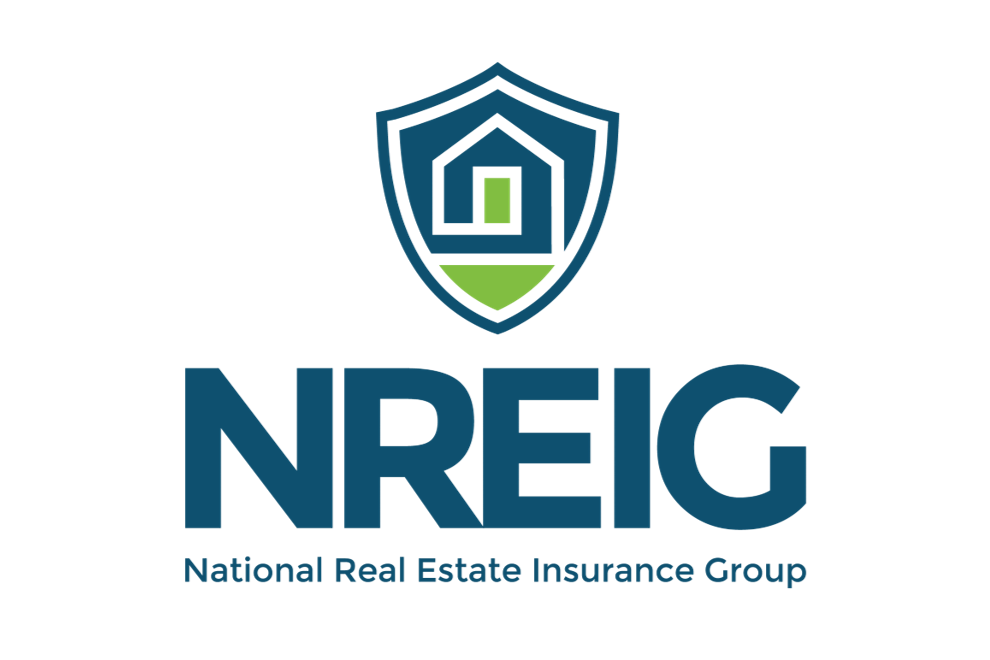
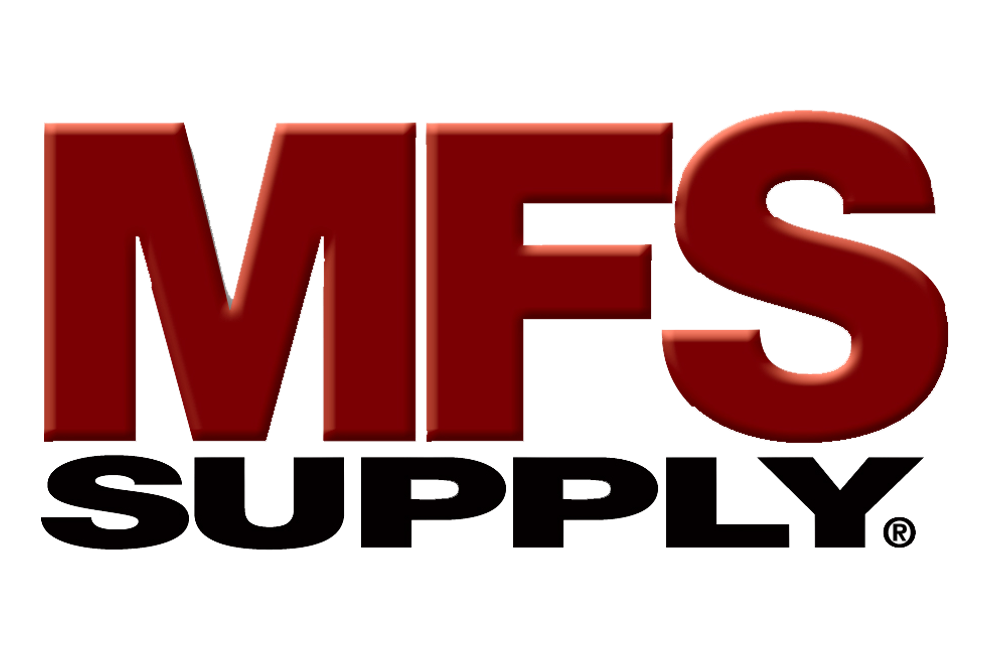

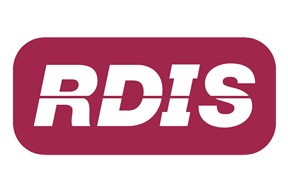
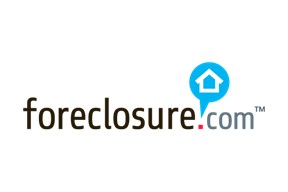
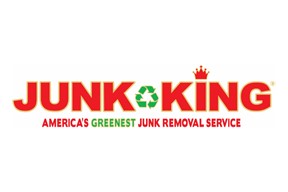
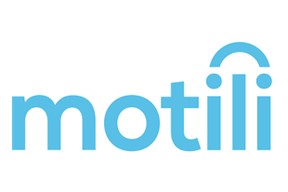

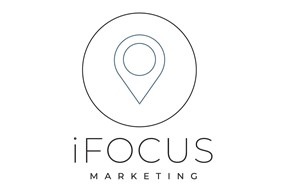


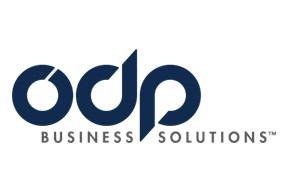
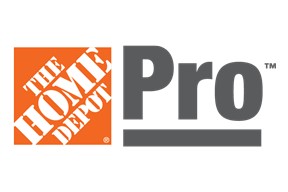

0 Comments